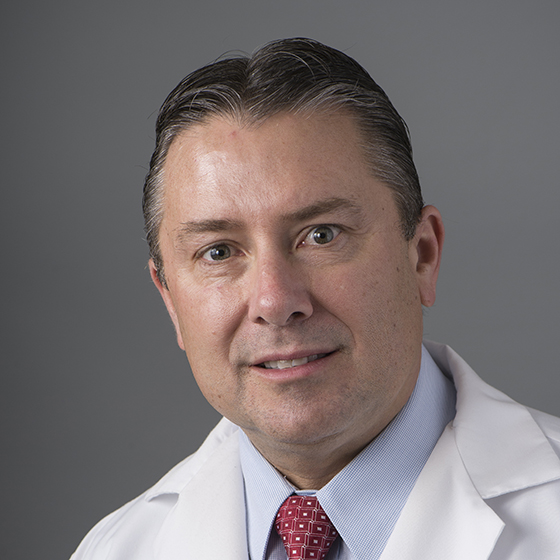04/27/2016
Smoking and Vascular Disease
 By James M. Estes, MD, Director of Vascular Surgery Services, Wentworth Health Partners Cardiovascular Group
By James M. Estes, MD, Director of Vascular Surgery Services, Wentworth Health Partners Cardiovascular Group
Hopefully it comes as no surprise – smoking has a tremendous negative impact on the health of your entire body, including the arteries that carry blood and oxygen. Here are some reasons why quitting the habit is one of the best things you can do for your arterial system.
What Does Smoking Do To Your Arteries?
Tobacco use is the number one preventable cause of death in the United States. It causes heart attacks, various types of cancer, and strokes — the number one, two, and three top causes of death.
Smoking’s affect on the incidence of heart attacks and strokes is primarily caused by the chemical that also makes cigarettes so addictive – nicotine. Nicotine is a stimulant that speeds up the heart by about 20 beats per minute with every cigarette. It raises blood pressure and is also a vasoconstrictor — which means it shrinks arteries all over the body making it harder for the heart to pump blood through the constricted arteries. Nicotine also causes the body to release its stores of fat and cholesterol into the blood. Over time, this fat and cholesterol accumulates, hardening and narrowing arteries and increasing your risk of heart attack and stroke.
Smoking and Peripheral Artery Disease
Smoking is a leading cause of peripheral arterial disease (PAD), which is the narrowing of the arteries that carry blood to vital tissues, including the heart, brain, and muscles of our arms and legs. This disease is found more often and is more difficult to treat in smokers than in nonsmokers.
In patients with PAD, arteries in the legs become so clogged that the leg muscles do not get adequate blood supply. This is a painful condition that can lead to limb amputation if the blood supply issues are not addressed. Peripheral arteries going to the extremities are also highly susceptible to the vasoconstrictor effects of nicotine, as well as the increase of clots and clogging risks posed by smoking.
Smoking is a primary cause of much of the PAD we see, as well as a powerful aggravating factor for people who have other pre-existing circulation problems due to conditions like diabetes.
If you are experiencing symptoms of PAD, your primary care provider should refer you to a vascular surgeon to discuss all your treatment options, which may include medical management or minimally invasive endovascular procedures.
What Happens When You Stop Smoking?
Within 48 hours after quitting smoking, blood pressure decreases, pulse rate drops, body temperature of hands and feet increases, the carbon monoxide level in the blood returns to normal, the oxygen level in the blood increases to normal, the chance of a heart attack decreases, nerve endings start regrowing, and the ability to taste and smell is increased. Within the first year after quitting smoking, circulation and lung function increase, and coughing, sinus congestion, and shortness of breath decrease. Make today the day you quit!
Know Your Risk
Vascular screenings test for carotid artery disease, abdominal aortic aneurysms, high blood pressure and peripheral artery disease.
If you are over 50, a smoker or have high blood pressure, diabetes, high cholesterol, or have a family history of vascular disease, this screening is right for you. Screenings are $75 or $125 per couple. Call (603) 740-2671 today or visit wdhospital.org/vascular for more information.
Dr. Estes is a board certified vascular surgeon. He was named one of Boston’s “Top Docs” from 2010 to 2014. Learn more at www.whpcardiovasculargroup.com or call (603) 516-4265.